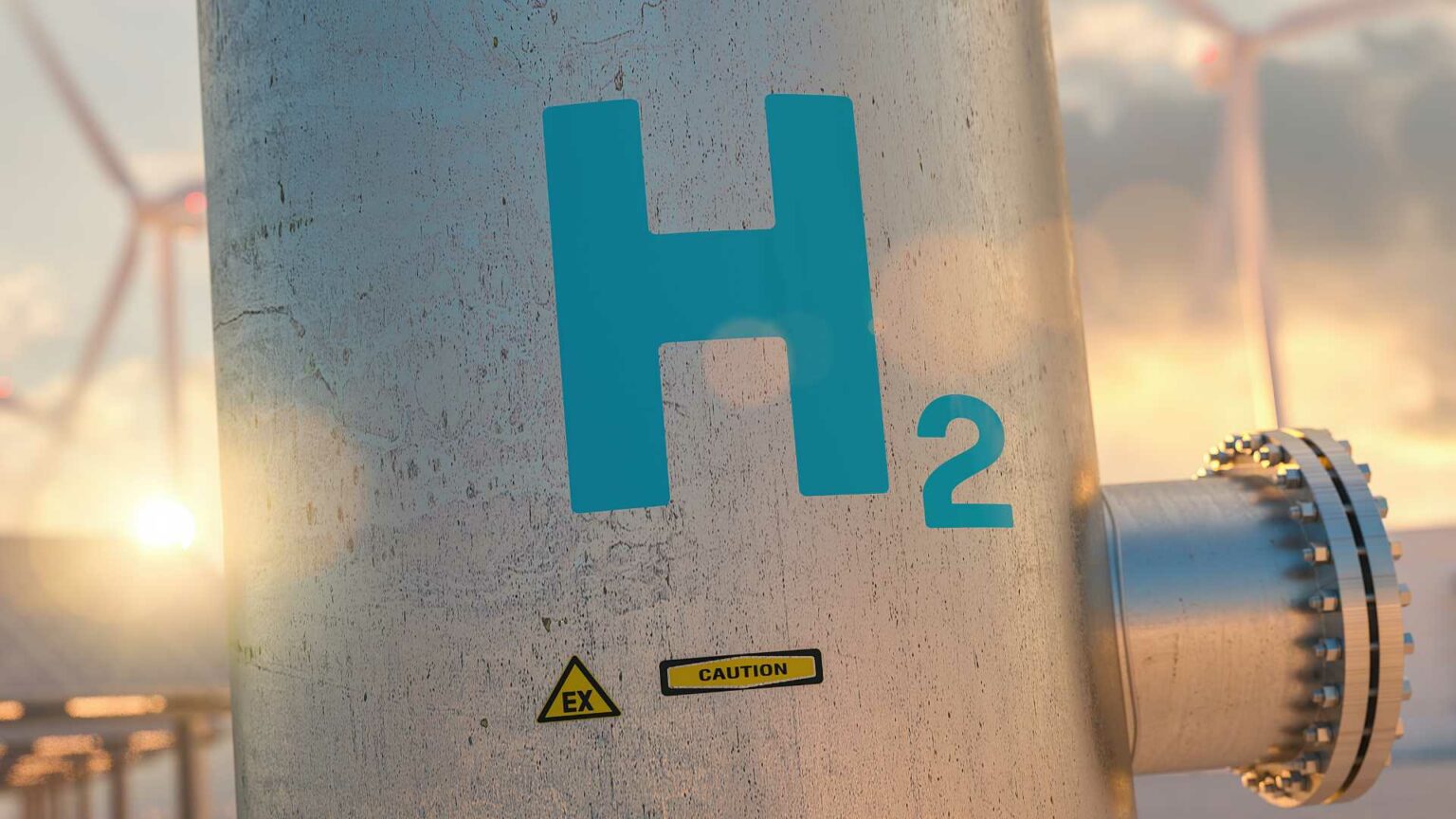Woodside Energy, a major oil and gas sector player, has decided to shelve two green hydrogen projects in Australia and New Zealand, totaling around 2.3 GW in capacity. The company cited insufficient renewable energy generation capacity, increased environmental demands, and challenging economic conditions.
The first halted project is the H2Tas green hydrogen and renewable ammonia facility in Tasmania, which was designed to support up to 1.7 GW of electrolyzer capacity. The facility intended to produce green hydrogen and ammonia and export about 600 tonnes of ammonia. Similarly, Woodside has ended its partnership with New Zealand government-owned utility Meridian Energy for the 600 MW Southern Green Hydrogen project planned for New Zealand’s south.
Decision Announced in Report
Woodside confirmed these decisions in its Half Year Report, announcing the withdrawal of federal environmental applications for the H2Tas project and stopping discussions with Meridian on the Southern Green Hydrogen project. The H2Tas project was located in the Bell Bay Hydrogen Hub in northern Tasmania and was expected to produce 107 tonnes of green hydrogen daily.
Despite feasibility studies with Japanese companies Marubeni Corporation and IHI Corporation indicating the technical and commercial viability of exporting ammonia to Japan, Woodside shelved the project due to inadequate renewable energy resources and environmental and regulatory challenges that would require significant project modifications.
Future Viability Assessment
“Electrolysis-based hydrogen production in Tasmania is currently challenging due to the lack of new renewable energy generation,” Woodside stated. The company noted that it would “continue to assess the viability” of the project, considering resubmitting a new Notice of Intent if conditions become favorable.
The Southern Green Hydrogen project has also been halted, with Woodside ending discussions with Meridian. The project was expected to produce 500,000 tonnes of green ammonia annually. Woodside was named the preferred partner for the project in 2022, but the partnership has now concluded. The company highlighted that the economics of producing green hydrogen at scale in New Zealand have become more challenging, a trend also observed in other hydrogen projects worldwide.
Despite Woodside’s exit, Meridian’s CEO Neal Barclay remains optimistic about the project’s future. “We will continue to monitor our target markets, believing Southern Green Hydrogen remains competitive compared to other projects and regions. We will review the opportunity to progress when the time is right,” he stated.
